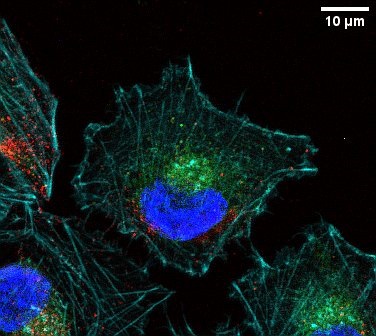Discovery of Djerfisherite in Asteroid Ryugu Challenges Formation Theories

In a groundbreaking discovery, researchers have identified a rare mineral known as djerfisherite in samples obtained from the asteroid Ryugu. This finding, published on May 28, 2023, in the journal Meteoritics & Planetary Science, poses significant implications for our understanding of the conditions under which some asteroids formed. Djerfisherite, an iron-nickel sulfide containing potassium, is typically associated with high-temperature environments, specifically enstatite chondrites formed in the inner solar system approximately 4.6 billion years ago. In contrast, Ryugu is classified as a carbon-rich CI chondrite, which originated in cooler conditions in the outer solar system.
The research team, led by Dr. Masaaki Miyahara, a planetary scientist at Hiroshima University, expressed astonishment at the presence of djerfisherite in Ryugu’s samples. "Its occurrence is like finding a tropical seed in Arctic ice," Dr. Miyahara remarked. This statement highlights the potential of either an unexpected local environment or long-distance transport during the early evolution of the solar system. While Ryugu was believed to have formed under conditions where the temperature did not exceed 122 degrees Fahrenheit (50 degrees Celsius), the formation of djerfisherite would require temperatures exceeding 662 degrees Fahrenheit (350 degrees Celsius).
The implications of this discovery are profound. Traditionally, it was thought that Ryugu, once part of a larger protoplanet, experienced a relatively uniform chemical history. This new evidence suggests that either materials with vastly different formation conditions mixed early in the solar system's development or that Ryugu itself underwent localized chemical alterations not previously recognized.
Dr. Miyahara's team speculates two possibilities regarding the origin of djerfisherite: it may have been introduced to Ryugu through the impact of an enstatite chondrite, or it could have formed in situ under specific conditions that have yet to be fully understood. The isotopic analysis is expected to provide clarity on this matter, although current data remains insufficient.
The discovery not only challenges existing theories regarding Ryugu’s chemical composition but also raises questions about the processes that led to the formation of minerals in the protoplanetary disk surrounding the young sun. Further analysis of Ryugu samples is anticipated, as scientists aim to determine whether djerfisherite is an isolated incident or indicative of broader geological complexities on the asteroid.
The findings open new avenues for research into the early solar system's evolution, potentially altering our comprehension of how asteroids and planets formed and how their compositions have been altered through chemical interactions over billions of years. As researchers delve deeper into the origins of djerfisherite and its implications for Ryugu, the scientific community will gain invaluable insights into the complex history of our solar system, reshaping our understanding of planetary formation and evolution.
Advertisement
Tags
Advertisement





